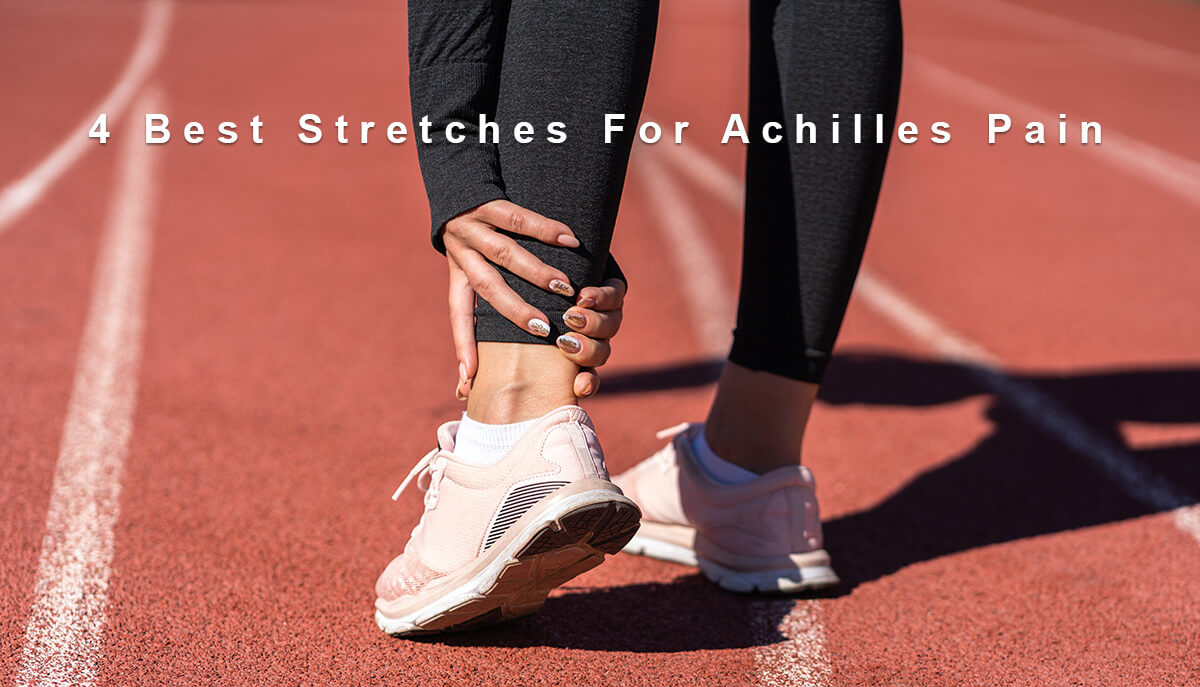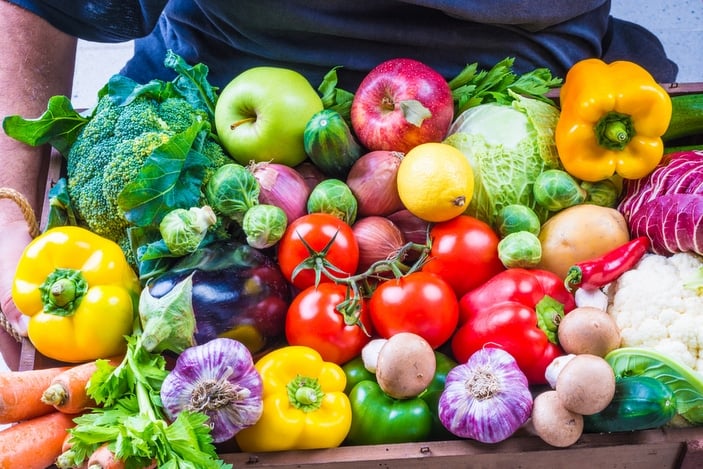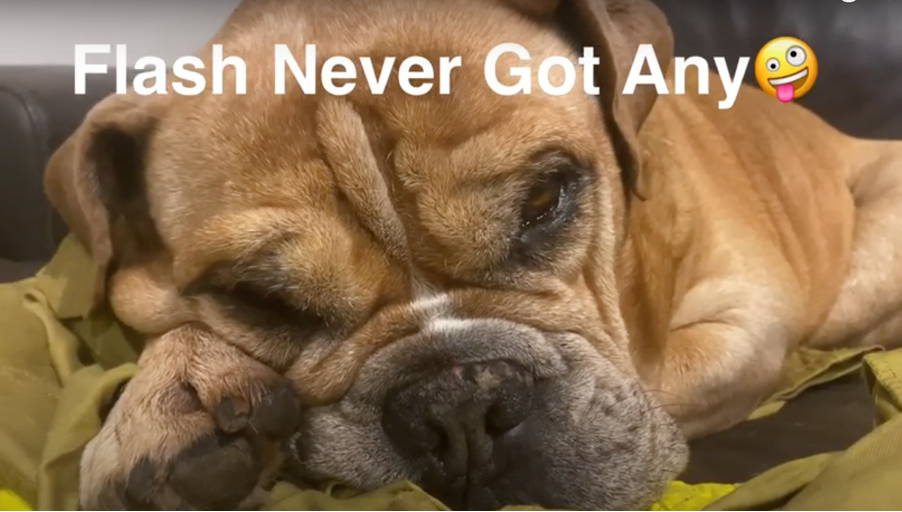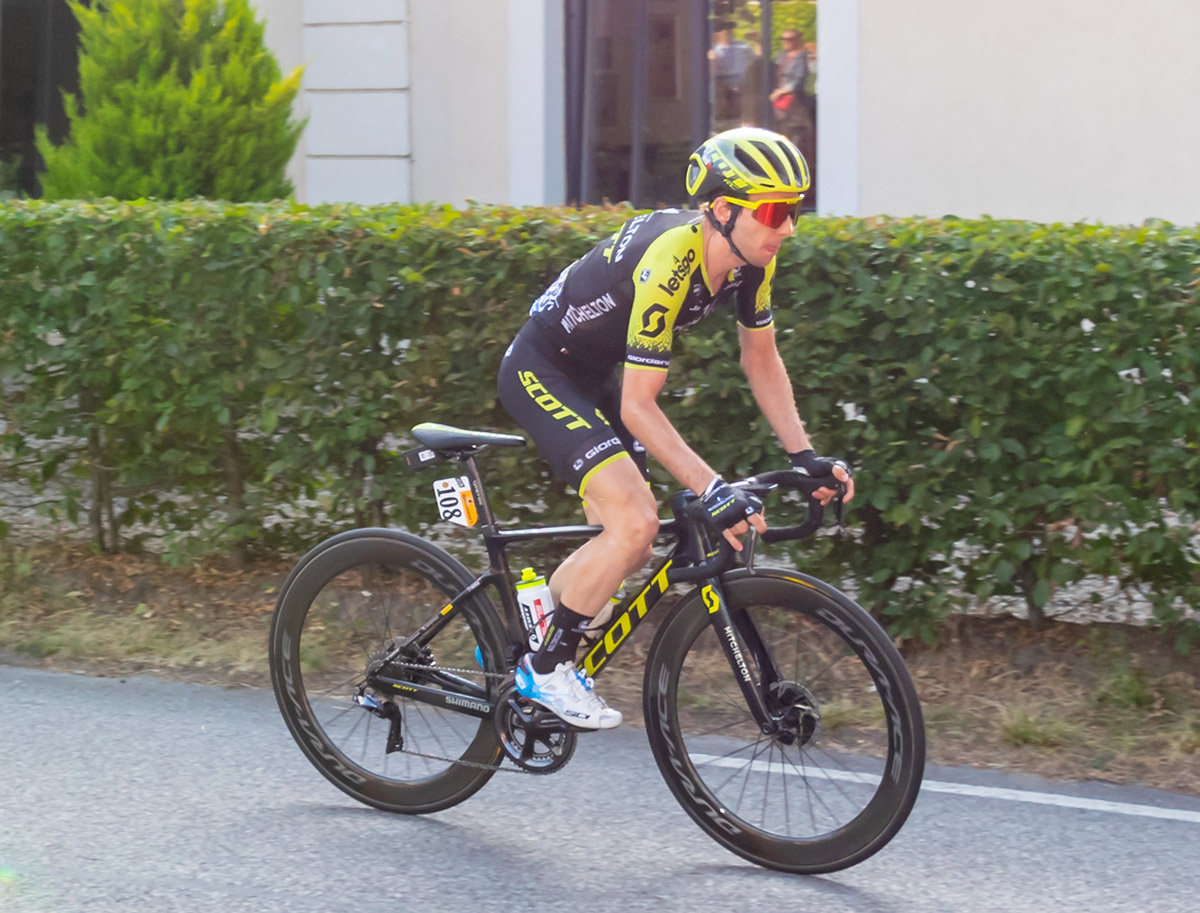
PHYSIO BIKE FIT SERIES (PART 2) EASE KNEE PAIN WITH CYCLING
Knee pain is the most common pain to cause a cyclist to stop! It is usually patella, (knee cap) pain syndrome, where structurally, shock-absorbing fat pads, inner joint capsules and sometimes even the deep cartilage are getting compressed or ‘pinched’. The key biomechanical risk factor is primarily overloading quads (thigh muscles) leading into the knee cap and connective tissues. This causes excessive compressive and tensile (pulling) forces on the structures around the knee (Claes, 2015; Dye 2005; McClean, 1990).

Figure 1. It appears that the saddle is too far forward. Additionally, too much out-of-saddle riding is also a risk factor for knee pain.
To check if your thighs are strong enough for cycling, try this: Stand up and do two squats. The first is with a ‘good’ technique (figure 2a), like sitting down on a chair. Feel how you use your bottom muscles (glutes) and the ‘meaty’ part of your thighs (quads). Then try again with the ‘poor’ technique (figure 2b), dropping forward at the knees. Feel as you bend further the increased pressure through your knee cap and the end of your thighs with minimal use of your glutes (figure 2). Just like when doing a squat, your priority in cycling is to reduce the compressive forces through the knee cap joint. These are the 3 key ways to do it!
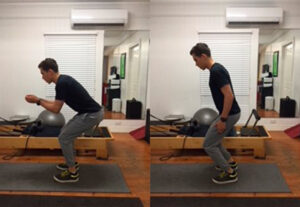
Figure 2a <————–> Figure 2b
-
Technique:
By changing the way you cycle you can reduce knee pain and even better, prevent it from stopping you. Firstly, increasing your cadence is key. It is better to spread the load out over more repetitions rather than grinding away at a hard gear and putting large forces through the joint with fewer repetitions (Deakon, 2012). Practice increasing your cadence to between 90-100rpm. This can take a bit of practice, but like anything, the more you work at it, the easier it gets. After a while, it will happen automatically.
How you are pedalling can also make a difference. Think of pulling back on the pedal, like scraping the mud off your shoe, rather than stomping down and overusing your quads. Along with this, reduce your time standing up and out of the saddle, as this also overuses your thigh (quadriceps) muscles, placing greater compression through the knee joint (figure 1).
-
Strength:
Working on your strength off the bike can also help prevent knee pain. A key risk factor is a reduction in overall quads (thigh) muscle strength. Two key factors cause problems, 1) Muscle strength imbalance between the inside and outside quad muscles. 2) Reduction in stability through the outside butt (lateral glute) muscles (Callaghan, 2005; Dingwell, 2008; Lankhorst 2012). To help, try these two exercises:

Figure 3: Spanish Squats
Spanish squats: use a Swiss ball to support against your lower legs and start dropping yourself back into a squat with the weight on your heels. Meanwhile, keep the muscle on the inside of your knee tight and be careful not to slip! This is a great way to build up quad strength while also minimising compression through the knee cap joint.
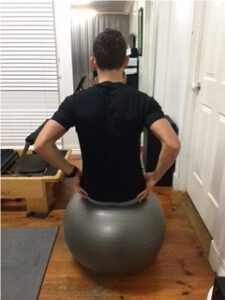
Figure 4 : Sitting Swiss-ball weight-shifts
Sitting Swiss-ball weight shifts: Align the front of your shoulder with your hip, knee and foot. Then keep this position as you shift as much pressure through your left leg and hip then into your foot. Hold for 5 seconds and then shift to the other side. The key is to use a mirror and to NOT see any visible changes in your alignment. However, you should be working hard through your outside glutes (bottom) on the weighted side to maintain your posture.
-
Bike set-up:
The key risk factor for knee pain is primarily a seat that is too low, however, issues can also occur with extremely high seats or too far forward (figure 1). Just like the 2 types of squats in figure 1, on the bike, it’s preferable to have your knee cap in line with the pedal at 3 o’clock to reduce knee overload. Additionally, a knee angle of 25-45 degrees at the bottom of the pedal cycle is ideal. Aside from seat positioning, crank arms that are too large add force through the knee with more leverage made worse by the slower cadence (point 1) (Dana et al, 2016). Finally, well-aligned cleats that enable correct ‘straight-up-and-down’ knee alignment when pedalling are also important.
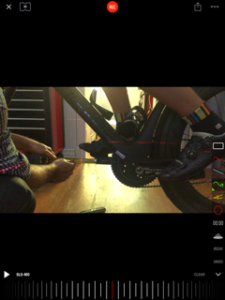
Figure 5: Laser measuring how far the knee cap is in front of the pedal spindle during the peak power phase (3 o’clock, crank arms horizontal) of the pedal stroke. The further in front (like the image, +50mm), the greater the risk of knee pain.
Getting your ‘Bike Fit’ right to decrease the risk of knee pain is a detailed process. Millimetres matter and the rewards come with performance as well as staying on the bike! Strength, endurance and Bike position are essential. If you want a hand making sure all bases are covered for cycling book a time for a Bike Fit or contact us and we will chat through your situation and work out a plan to suit.
Kieran Storch
Physiotherapist
Physio Kieran is also a professional triathlete, most recently winning Mooloolaba Tri this year. He is passionate about getting Bike Fits right for performance as well as injury prevention. To chat through your issues as well as specific goals, message him at [email protected] to discuss a plan that is right for you.
To book an appointment call us at 07 3847 8040
For more information check us out at blphysio.com.au





